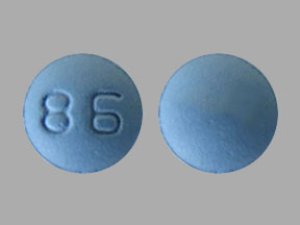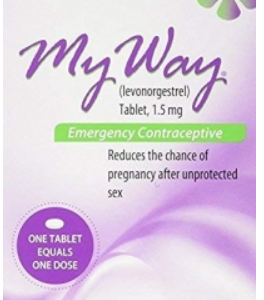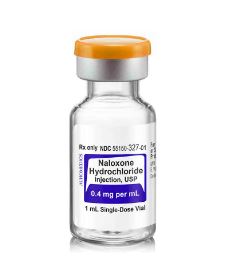Disclaimer: Early release articles are not considered as final versions. Any changes will be reflected in the online version in the month the article is officially released.
Author affiliation: Centers for Disease Control and Prevention, Atlanta, Georgia, USA (retired); Emerging Infectious Diseases, Centers for Disease Control and Prevention, Atlanta
Infection-associated chronic conditions and illnesses (IACCIs) are a variety of health consequences that occur after an acute infection (1). Chronic sequalae considered IACCIs include various combinations of infection-associated organ damage, autoimmune conditions, and persistent unexplained systemic symptoms, such as debilitating fatigue, postexertional malaise, cognitive impairment, musculoskeletal pain, and sleep disorders (1). The health and societal impact of long COVID over the past 5 years, and recognition of long COVID as an IACCI, has reinvigorated the study of these poorly understood disorders (2–7).
This supplement of Emerging Infectious Diseases features a series of studies undertaken by the Centers for Disease Control and Prevention to increase awareness and understanding of IACCIs and to highlight available prevention and treatment resources for public health practitioners, healthcare providers, and the public. The supplement includes research regarding IACCIs occurring after infections caused by SARS-CoV-2 (COVID-19), respiratory syncytial virus, Giardia lamblia, Coccidioides immitis, Borrelia burgdorferi and other Borrelia species (Lyme disease), and West Nile virus. The studies describe various approaches to characterizing IACCIs, which include measuring prevalence, persistence, management, and duration of a defined syndrome; assessing absenteeism attributable to an IACCI; and estimating risk for life-threatening sequalae, such as increased thrombotic events.
IACCIs can emerge with a heterogenous range of signs, symptoms, and laboratory results and are not consistent in duration, presentation, or severity, even when grouped according to the known or suspected previous infection, suggesting that multiple underlying mechanisms could be responsible for illness (1,2). Suspected mechanisms include continued immune stimulation from antigens or continued infection in a sequestered body site that cannot be sampled, reactivation of latent viruses, autoimmune responses, microbiome dysbiosis, persistent tissue damage, disordered coagulation, and disrupted nerve signaling (1,2). IACCIs cause marked disruption to a patient’s ability to return to work or school or to resume their life as it was before the inciting infection. Complicating the frustrated patient’s predicament, clinicians attempting unproven treatments (e.g., repeated antibiotic courses) might exacerbate illness by introducing additional risks or temporarily masking potentially treatable causes.
The medical community now has a framework for how research on IACCIs should be developed. In 2024, the National Academies of Science, Engineering, and Medicine (NASEM) proposed a definition to harmonize terminology and measurement approaches and to formulate a research agenda for “infection-associated chronic illnesses” (authors in this supplement have used the term IACCI to also include health conditions that also are debilitating) (2). In terms of IACCIs attributable to COVID-19, NASEM proposed a long COVID definition, and the American Academy of Physical Medicine and Rehabilitation established the Multi-Disciplinary Post-Acute Sequelae of SARS-CoV-2 Infection Collaborative to develop multidisciplinary guidance on clinical management (8). Of note, many of the IACCIs discussed in this supplement have similarities to or include myalgia encephalomyelitis and chronic fatigue syndrome in their definition. Although questions remain regarding the pathophysiology of each, adapting clinical management of such syndromes to IACCIs may be useful (9,10).
Patients suffering with IACCIs often receive misdiagnoses or become stigmatized, both of which impede potentially beneficial clinical management strategies. Without an understanding of pathophysiology, diagnosis, treatment, and care for patients with IACCIs, healthcare providers will continue struggling to provide patients with accurate diagnoses and potentially effective treatment and support. This supplement aims to provide additional insights into several IACCIs and focus more attention on these poorly understood conditions.
Dr. Fiore is a medical epidemiologist and infectious diseases physician, who worked at the Centers for Disease Control and Prevention during 1995−2021, most recently serving as chief of the Epidemiology Research and Innovations Branch, Division of Healthcare Quality Promotion, National Center for Emerging and Zoonotic Infectious Diseases. Now retired, Dr. Fiore continues to hold an associate editor position at Emerging Infectious Diseases. His areas of clinical interest include vaccines, antibiotic resistance, and healthcare-related infections.

 Our Pill Pass® Drug List is only $6.99 or less and Shipping is FREE!
Our Pill Pass® Drug List is only $6.99 or less and Shipping is FREE!








